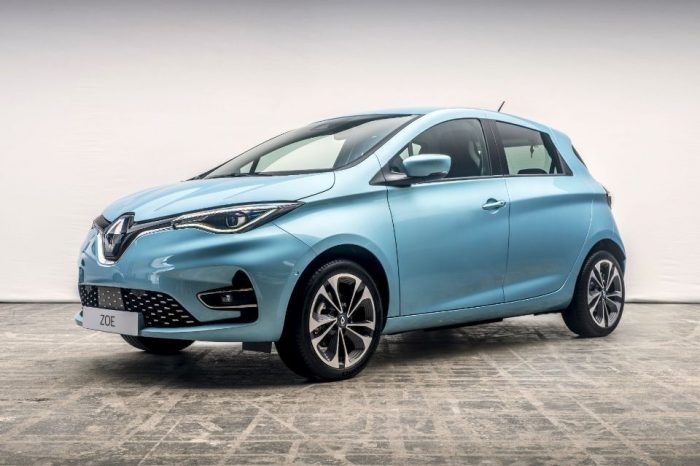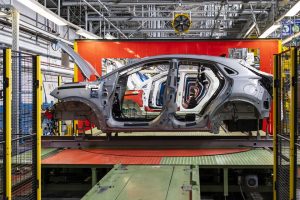EY report: “A robust EV infrastructure that allows customers to charge quickly and reliably is critical“

Adoption of e-mobility is not just an economic or environmental phenomenon, but a psychological one that hinges on widespread customer acceptance. The current pace of EV adoption is swift, with one- in- five vehicles sold in Europe during 2021 being electric. Acceleration, however, depends on delivering a seamless customer experience with a robust charging infrastructure that allows everyone to charge quickly and reliably. A new report from EY and European energy industry body Eurelectric – ‘Can utilities turn EVs into a grid asset?’ – examines the anticipated surge in EVs, from around 5 million passenger cars, light commercial vehicles and heavy duty vehicles today, to 130 million vehicles by 2035, and its impact on the grid. It finds that distribution system operators (DSOs) play a critical role in the success of eMobility and the charging infrastructure required to support it.
The report is informed by Eurelectric and its members and includes insights drawn from discussions with industry leaders across the eMobility ecosystem, including automotive, utilities, fleet management, city planning and charging infrastructure.
Mihai Drăghici, Director, Business Consulting, EY Romania: “130 million EVs are expected on the European roads by 2035 and 65 million charges are expected to power them. Rapid and unpredictable increases in charging demand are likely to cause problems for power grids such as fluctuations in voltage, and even power losses. Local Grid operators have several solutions available to transform this grid liability into a grid asset and attract EU financing to support the transition.”
From grid liability to grid asset
Europe’s power grids face an enormous challenge from the imminent rollout of 130 million EVs. The report calculates that the predicted surge in EVs will warrant at least 65m charge points, of which 9 million will be public, up from 374,000 today. Electricity demand from charging is also expected to grow by 30 percent per year, adding over 200TWh by the end of this decade. According to the report however, any destabilizing impact will not come from demand growth, but rather from thousands or even millions of EVs attempting to charge simultaneously.
EY analysis finds that grids, which are already heavily loaded in multiple areas, could become bottlenecks if peak EV charging periods coincide with peaks in general load. Analysis of the six most common charging use cases – residential rural, residential urban, workplace, fleet hubs, overnight and highways – shows that peak load will increase by between 21 percent and 90 percent. For that reason, a ‘fit and forget’ approach to charger connections risks exacerbating congestion on already heavily loaded grids.
The report suggests that managed charging will be a game-changer, helping DSOs to transform the liability that comes from millions of EVs charging at will into an asset. Deploying smart grids will provide DSOs with real-time information about the grids they operate and the ability to analyze current and future needs. This data will help them to determine investment in grid reinforcement or flexibility solutions to cater for EVs. And incorporating digital solutions will enable DSOs to control the available capacity, time and duration of charging and shift EV charging to times to when grid energy is plentiful and cheap, thereby preventing the grid from buckling under the pressure.
The critical need to massively accelerate the deployment of charging infrastructure in line with EV adoption will require widespread collaboration between municipalities, local authorities, city planners, charge point operators, eMobility service providers, automakers and DSOs. Working together, the road transport system designed today should serve everyone long into the future.



















